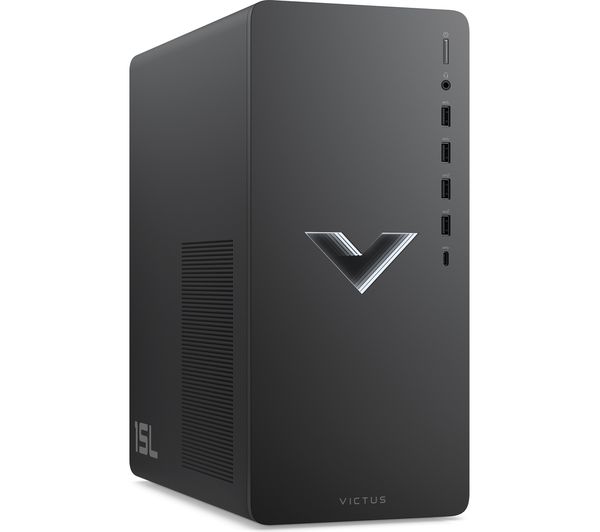Neural networks are a type of machine learning algorithm that is inspired by the human brain. They are made up of many interconnected nodes, or neurons, which can learn to perform complex tasks by processing data and adjusting their connections over time.
Neural networks have been used to achieve state-of-the-art results in a wide variety of applications, including image recognition, natural language processing, and speech recognition. They are also being used to develop modern technologies in areas such as self-driving cars and medical diagnosis.
We will look at the basics of how neural networks work, as well as some of the most common types of neural networks. The article also discusses some of the challenges of using neural networks and provides some tips for getting started with neural network programming.
What is a Neural Network?
A neural network is made up of many interconnected nodes, or neurons, that can learn to perform complex tasks by processing data and adjusting their connections over time.
Each neuron in a neural network has several inputs and outputs. The inputs are the data that the neuron receives, and the outputs are the data that the neuron produces. The weights of the connections between the neurons determine how the data is processed.
When a neural network is first created, the weights of the connections are randomly initialized. The network is then trained on a set of data. During training, the network is presented with a series of input data and the desired output data. The network then adjusts its weights to minimize the error between the actual output and the desired output.
Once the network is trained, it can be used to make predictions. To do this, the network is presented with new input data, and it uses its weights to produce the output data.
How do Neural Networks Work?
Neural networks work by learning to associate patterns in data. For example, a neural network that is trained to classify images of cats and dogs might learn to associate certain features with each category, such as the shape of the ears or the length of the tail.
When a neural network is presented with a new image, it will use the features it has learned to identify the category of the object in the image. The more data a neural network is trained on, the better it will be at identifying patterns and making predictions.
How do Neural Networks Learn?
Neural networks learn by being trained on a dataset of data. The dataset consists of input data and the corresponding output data. For example, if you want to train a neural network to recognize handwritten digits, you will provide it with a dataset of images of handwritten digits, along with the corresponding labels (e.g., 0, 1, 2, 3, etc.).
The neural network starts by randomly assigning weights to the connections between its neurons. These weights are used to calculate the output of each neuron. The neural network then compares its output to the desired output, and it uses this information to adjust the weights of its connections. This process is repeated many times until the neural network can generate the desired output for most of the input data.
Types of Neural Networks
There are many diverse types of neural networks. Some of the most common types of neural networks include:
- Feedforward neural networks: Feedforward neural networks are the elementary type of neural network. They consist of a single layer of neurons, with each neuron connected to all of the neurons in the next layer.
- Recurrent neural networks: Recurrent neural networks are a type of neural network that can process sequential data. They consist of a network of neurons that are connected in a loop. This allows the network to remember previous inputs, which can be helpful for tasks such as natural language processing and speech recognition.
- Convolutional neural networks: Convolutional neural networks are a type of neural network that is well-suited for image recognition tasks. They consist of a network of neurons that are arranged in a grid. This allows the network to learn local patterns in images, which can be helpful for tasks such as identifying objects and faces.
Applications of Neural Networks
Neural networks are used in a wide variety of applications, including:
- Image recognition: Neural networks are used to identify objects in images and videos. This technology is used in a variety of applications, such as facial recognition, self-driving cars, and medical image analysis.
- Natural language processing: Neural networks are used to understand human language. This technology is used in a variety of applications, such as speech recognition, machine translation, and spam filtering.
- Speech recognition: Neural networks are used to convert spoken language into text. This technology is used in a variety of applications, such as voice assistants, dictation software, and call centres.
- Financial forecasting: Neural networks are used to predict future financial trends. This technology is used by banks, investment firms, and other financial institutions.
- Medical diagnosis: Neural networks are used to diagnose diseases. Doctors and other healthcare professionals use this technology.
Challenges of Neural Networks
Neural networks are a powerful tool, but they also have some challenges. One challenge is that they can be difficult to train. The training process can be slow and computationally expensive, and it is often difficult to find the right set of hyperparameters to achieve superior performance.
Another challenge is that neural networks can be sensitive to noise in the data. This means that they can perform poorly if the data is not clean or well-labelled.
Finally, neural networks can be difficult to interpret. This means that it can be difficult to understand why a neural network made a particular prediction. This can be a problem for tasks such as medical diagnosis, where it is important to be able to explain why a particular diagnosis was made.
Tips for Getting Started with Neural Network Programming
If you are interested in getting started with neural network programming, here are a few tips:
- Start with a simple problem. There are many distinct types of neural networks, and each type is suited for a different type of problem. If you are new to neural networks, it is a good idea to start with a simple problem, such as classifying handwritten digits.
- Use a pre-trained model. There are many pre-trained neural network models available online. These models can be used to solve a variety of tasks, and they can save you a lot of time and effort.
- Use a deep learning library. There are many deep learning libraries available, such as TensorFlow, PyTorch, and Keras. These libraries make it easy to build and train neural networks.
- Don’t be afraid to experiment. Neural networks are a powerful tool, but they can also be difficult to use. It is important to experiment with different parameters and settings to find the best results.
Neural networks are a powerful tool that can be used to solve a variety of problems. If you are interested in getting started with neural network programming, these tips will help you get started.





















